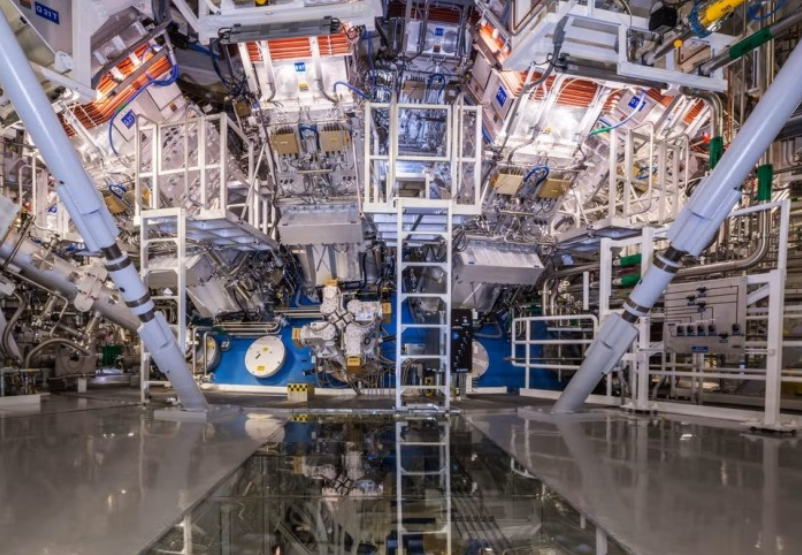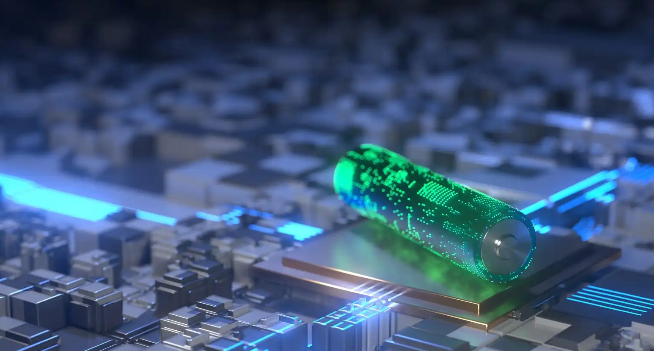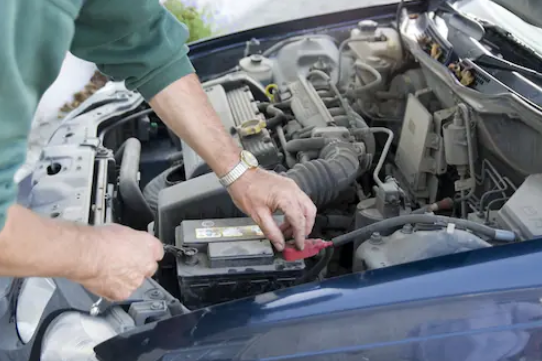전원 공급 장치로 리튬 이온 배터리를 충전하는 방법
Lithium-ion batteries are widely used in electronic devices such as smartphones, laptops, and electric vehicles due to their high energy density and longer lifespan compared to other battery types. Charging a lithium-ion battery with a power supply is a simple process, but it requires caution to avoid damaging the battery or causing a safety hazard. In this article, we will discuss the steps to charge a lithium-ion battery with a power supply.
Step 1: Check Battery Specifications
Before charging a lithium-ion battery with a power supply, it is important to check the battery\’s specifications to ensure that the voltage and current rating of the power supply are compatible with the battery. You can find the voltage and current rating of the battery on its label or in the user manual. If the power supply voltage and current are too high, it can damage the battery or even cause a fire.
Step 2: Connect the Power Supply
After confirming that the power supply voltage and current are compatible with the battery, you can connect the power supply to the battery. It is recommended to use a charging cable that is designed for lithium-ion batteries to prevent short-circuiting or overheating.
Step 3: Set the Charging Voltage and Current
The charging voltage and current should be set according to the battery specifications. The charging voltage for most lithium-ion batteries is 4.2 volts per cell, and the charging current should not exceed the maximum charging current specified by the manufacturer. Some batteries have built-in protection circuits that prevent overcharging or over-discharging.

Step 4: Monitor the Charging Process
During the charging process, it is important to monitor the battery temperature and voltage regularly to prevent overheating or overcharging. Overcharging can cause the battery to swell or even catch fire. If you notice any abnormal behavior such as excessive heat or swelling, stop the charging process immediately and unplug the power supply.
Step 5: Disconnect the Power Supply
Once the battery is fully charged, disconnect the power supply from the battery. Do not leave the battery connected to the power supply for an extended period as it can cause overcharging or damage to the battery.
결론
Charging a lithium-ion battery with a power supply is a simple process, but it requires caution to prevent damage or safety hazards. Always check the battery specifications before charging, use a charging cable designed for lithium-ion batteries, monitor the charging process regularly, and disconnect the power supply once the battery is fully charged. By following these steps, you can ensure the long lifespan and safe operation of your lithium-ion batteries.
-
 In the wave of energy technology, lithium batteries, with their high energy density, long cycle life and environmental protection characteristics, have become an important support for the development of modern science and technology. The production of lithium batteries is not only an in-depth dialogue between precision technology and material science, but also a vivid interpretation of the concept of green,...더 읽어보세요
In the wave of energy technology, lithium batteries, with their high energy density, long cycle life and environmental protection characteristics, have become an important support for the development of modern science and technology. The production of lithium batteries is not only an in-depth dialogue between precision technology and material science, but also a vivid interpretation of the concept of green,...더 읽어보세요 -
 Portable car jump starter battery charger booster starter is a device that is designed to jump-start a car when the battery is dead. It is a portable device that can be carried in the car, and it is used to provide power to the car battery when it is unable to start. This device is very useful for people who...더 읽어보세요
Portable car jump starter battery charger booster starter is a device that is designed to jump-start a car when the battery is dead. It is a portable device that can be carried in the car, and it is used to provide power to the car battery when it is unable to start. This device is very useful for people who...더 읽어보세요 -
 Electric forklifts have become increasingly popular in the material handling industry due to their eco-friendly nature and cost-effectiveness. One of the key components that contribute to their efficiency is the lithium battery. Lithium batteries offer numerous advantages over traditional lead-acid batteries, making them the preferred choice for many businesses. In this article, we will explore the advantages of using an...더 읽어보세요
Electric forklifts have become increasingly popular in the material handling industry due to their eco-friendly nature and cost-effectiveness. One of the key components that contribute to their efficiency is the lithium battery. Lithium batteries offer numerous advantages over traditional lead-acid batteries, making them the preferred choice for many businesses. In this article, we will explore the advantages of using an...더 읽어보세요 -
 In today's fast-developing technological era, lithium batteries, as a leader in the field of energy storage, are leading the wave of global energy transition and green development. In order to help you better understand lithium batteries, this article will thoroughly explore their working principle, application field, technological progress, and future development trends to provide you with strong support for your...더 읽어보세요
In today's fast-developing technological era, lithium batteries, as a leader in the field of energy storage, are leading the wave of global energy transition and green development. In order to help you better understand lithium batteries, this article will thoroughly explore their working principle, application field, technological progress, and future development trends to provide you with strong support for your...더 읽어보세요 -
 휴대용 점프 스타터 배터리 팩은 최근 몇 년 동안 방전된 자동차 배터리에 대한 솔루션으로 점점 인기를 얻고 있습니다. 더 이상 운전자는 다른 차량에 의존하거나 길가 지원이 도착할 때까지 기다릴 필요가 없습니다. 휴대용 점프 스타터 배터리 팩을 사용하면 다른 차량이나 다른 차량이 필요 없이 빠르고 쉽게 차량을 점프 스타트할 수 있습니다.더 읽어보세요
휴대용 점프 스타터 배터리 팩은 최근 몇 년 동안 방전된 자동차 배터리에 대한 솔루션으로 점점 인기를 얻고 있습니다. 더 이상 운전자는 다른 차량에 의존하거나 길가 지원이 도착할 때까지 기다릴 필요가 없습니다. 휴대용 점프 스타터 배터리 팩을 사용하면 다른 차량이나 다른 차량이 필요 없이 빠르고 쉽게 차량을 점프 스타트할 수 있습니다.더 읽어보세요 -
 In today's era of rapid technological advancement, lithium batteries, as an efficient and environmentally friendly energy solution, are gradually showing their strong potential in various fields. Especially in the field of Instrumentation, lithium batteries have become the source of power and the choice of the future due to their excellent performance and stability. From industrial automation to environmental monitoring, from...더 읽어보세요
In today's era of rapid technological advancement, lithium batteries, as an efficient and environmentally friendly energy solution, are gradually showing their strong potential in various fields. Especially in the field of Instrumentation, lithium batteries have become the source of power and the choice of the future due to their excellent performance and stability. From industrial automation to environmental monitoring, from...더 읽어보세요 -
 In recent years, there have been significant advancements in medical equipment powered by lithium batteries. These advancements have revolutionized the healthcare industry, enabling medical practitioners to provide better patient care and improve overall treatment outcomes. From portable devices to implantable technologies, lithium batteries have become the power source of choice due to their efficiency, reliability, and long-lasting performance. One...더 읽어보세요
In recent years, there have been significant advancements in medical equipment powered by lithium batteries. These advancements have revolutionized the healthcare industry, enabling medical practitioners to provide better patient care and improve overall treatment outcomes. From portable devices to implantable technologies, lithium batteries have become the power source of choice due to their efficiency, reliability, and long-lasting performance. One...더 읽어보세요

